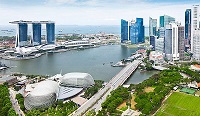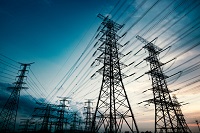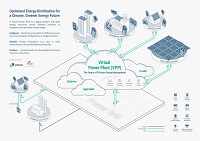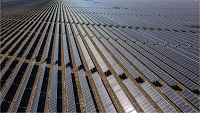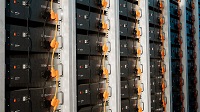EMA explains relationship between electricity tariff and fuel prices
Mr Narayana Narayana asked about the relationship between electricity tariff and fuel prices (“Oil prices, electricity tariffs don’t tally”, Letters to the Editor, 3 Oct).
The electricity tariff consists of two main components – the fuel cost component and the non-fuel cost component. The latter includes capital and operating costs of generation companies and grid charges, while the former refers to the cost of natural gas which is the dominant source of fuel for power generation in Singapore. In Singapore and other Asian countries, the cost of natural gas is linked to oil prices.
Based on the published methodology, the fuel cost component for Q4 2014 is calculated by taking the average of the daily gas prices from 1 July to 15 September 2014, converted from US dollars into Singapore dollars. It is not correct to only compare two data points using spot crude oil prices, one at the start of the period and one at the end. As fuel price movements have fluctuated between 1 July and 15 September, the overall reduction in the average daily gas prices is only about 3%, and not the “over 10 percent” figure which Mr Narayana had used in his calculations. This in turn translates into a proportional reduction of 1.6% in the Q4 2014 electricity tariff, since fuel costs make up around 50% of the tariff.
We thank Mr Narayana for his feedback, and the opportunity to clarify the relationship between electricity tariff and fuel prices.
Juliana Chow (Ms)
Director, Corporate Communications
Energy Market Authority
Oil prices, electricity tariffs don't tally
The prominent front-page headline "Oil trading mired in crude oversupply" (BT, Oct 2) is likely to be of even less than academic interest to the average consumer in Singapore, given that there does not appear to have been a significant downward revision in related prices here. Oil has been on a continued downward spiral over the past quarter, from above US$115 a barrel in July and it is currently trading below US$100 a barrel. For what they are worth, forecasts are that low oil prices will continue for some time to come.
Large advertisements in the newspapers by SP Services loudly proclaim, by comparison, that "Electricity tariff for households will decrease by 0.40 cent per kWk to 25.28 cents per kWh for the coming fourth-quarter 2014". And effectively, "the monthly electricity bill for families living in four-room HDB flats will decrease by S$1.69". I wonder how many laymen are any better informed by knowing the "main components of electricity tariff" that are meticulously spelt out. More to the point would be an explanation why a drop of over 10 per cent in oil prices fails to translate into much more than just a 1.5 per cent decline for end-users of electricity.
Narayana Narayana
